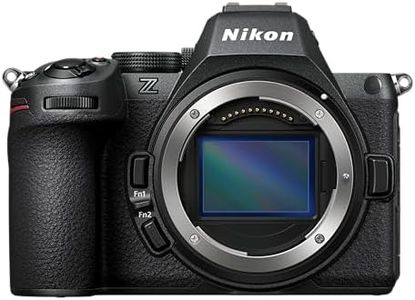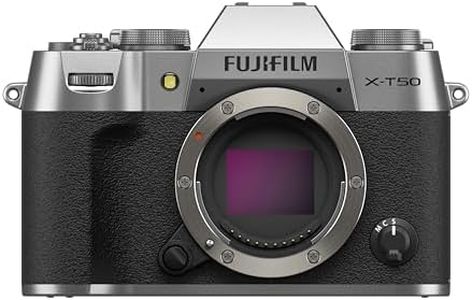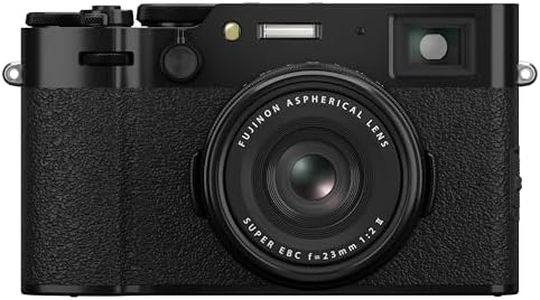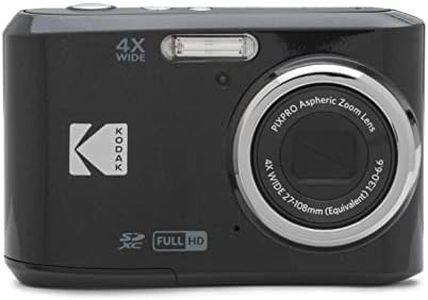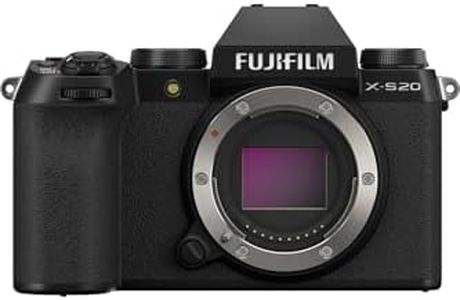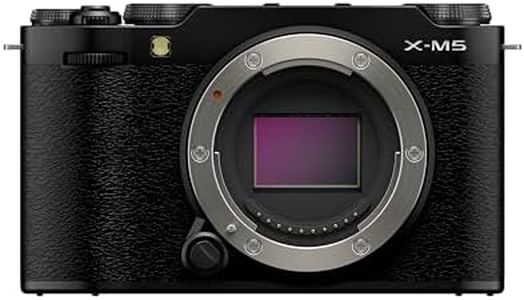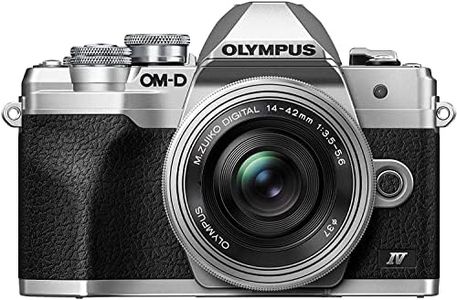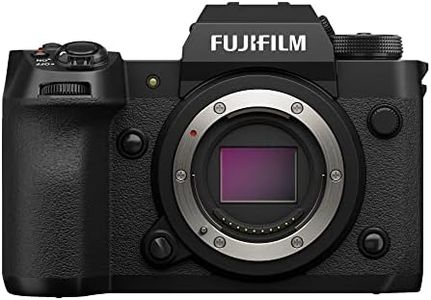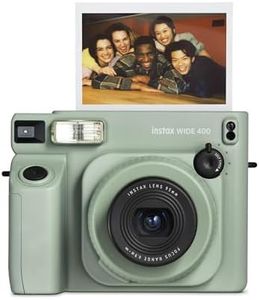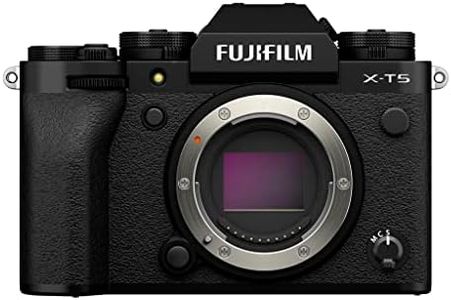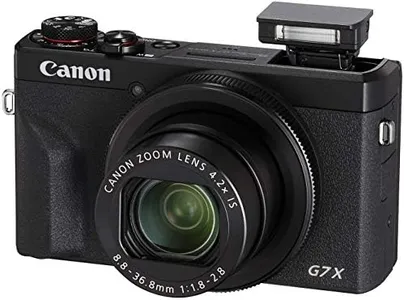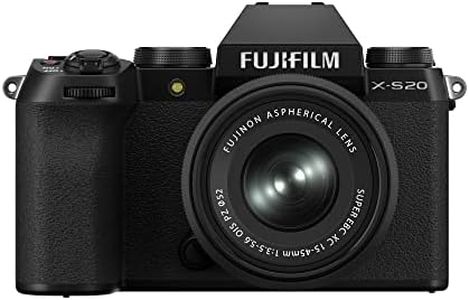We Use CookiesWe use cookies to enhance the security, performance,
functionality and for analytical and promotional activities. By continuing to browse this site you
are agreeing to our privacy policy
10 Best Digital Cameras
From leading brands and best sellers available on the web.#1
Winner
#10
Buying Guide for the Best Digital Cameras
Choosing the right digital camera can feel overwhelming because so many options exist, each designed for different users and purposes. Start by thinking about how you plan to use your camera: do you want something simple for family trips, or are you interested in exploring photography as a hobby? Consider how much you want to carry—some cameras are pocket-sized, others much bigger. Focus on matching key features to your needs, rather than just chasing the highest numbers.Sensor SizeSensor size describes how big the light-capturing area inside the camera is. Larger sensors generally let in more light and produce higher quality images, especially in low light. The most common categories are small sensors (often found in compact cameras and smartphones), mid-sized sensors (like Four Thirds or APS-C, often used in enthusiast and entry-level cameras), and full-frame sensors (used in professional models). If you want a light, carry-anywhere camera for casual photos, a smaller sensor is usually fine. For those interested in best possible image quality and creative control, look for cameras with larger sensors.
MegapixelsMegapixels refer to the amount of detail a camera can capture. More megapixels mean larger images that can be printed at bigger sizes or cropped without losing too much quality. Most modern cameras offer more than enough megapixels for everyday photos and sharing online; only if you plan to print very large photos or crop heavily should you look for especially high megapixel counts. Don’t let big numbers distract you—after a certain point, sensor quality and size matter much more than megapixels for most users.
Lens OptionsThe type of lens a camera uses affects flexibility and image quality. Fixed lens cameras are simple and easy to use but limit you to the built-in lens’s abilities. Interchangeable lens cameras let you swap lenses for different situations, adding much more creative control. If you want easy operation and portability, fixed lens cameras may be best. If you want to experiment, shoot distant subjects, or achieve special effects, consider a camera with interchangeable lenses.
Zoom RangeZoom range measures how close you can get to distant subjects without moving. Cameras with small zooms (like 3x optical zoom) are good for casual everyday photos and portraits, while long zooms (up to 30x or more) are useful for wildlife or sports. If most of your photos are of people nearby, a modest zoom is plenty. However, if you like taking pictures at a distance, choose a camera with a longer zoom.
Autofocus SystemAutofocus determines how quickly and accurately the camera can lock onto a subject. Basic autofocus systems are fine for still subjects and casual use. More advanced autofocus systems track moving objects—handy for shooting sports or fast-moving kids and pets. If you plan to capture a lot of action, look for better autofocus capabilities; otherwise, most standard systems will work well.
Video CapabilitiesMost digital cameras today can record video, but the resolution and frame rates offered vary. Cameras may offer basic HD video, Full HD, or even 4K and higher. If you want simple clips for sharing, pretty much any recent camera will suffice. For those planning to make high-quality movies or broadcast content, look for higher resolution (like 4K), faster frame rates, and extras like microphone jacks.
Size and WeightThe physical size and weight of a camera determine how easy it is to carry. Smaller, lighter models are often best for travel and everyday use, but they may offer fewer manual controls or lower image quality. Larger cameras are heavier and bulkier but can provide more control and better quality. Choose a camera that matches your comfort level in carrying it around—after all, the best camera is the one you’ll actually use.
User Controls and InterfaceSome cameras are designed to be simple with lots of automatic settings, while others offer deep manual controls for experienced users. Beginners will appreciate straightforward menus and helpful guides. If you want to grow your skills or experiment, look for cameras with manual modes and customizable buttons. Think about how much control and learning you want from your camera.
Battery LifeBattery life tells you how many photos (or how much video) you can take before needing to recharge. Compact cameras and mirrorless models sometimes have shorter battery life than larger DSLR cameras. If you’ll spend long days shooting or won’t have easy access to power, pick a camera with longer battery life or make sure you can easily swap batteries.
